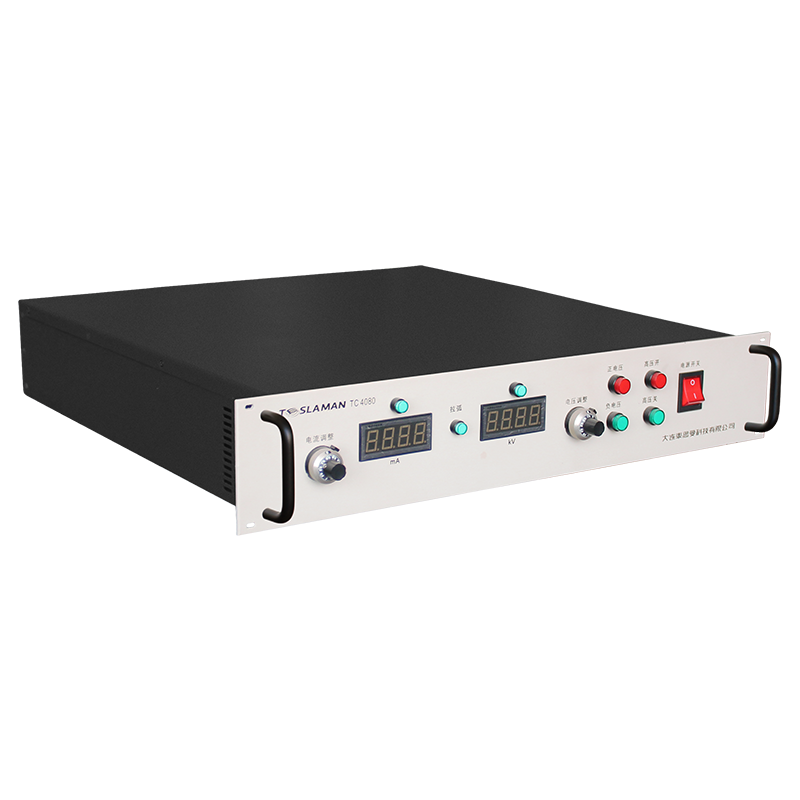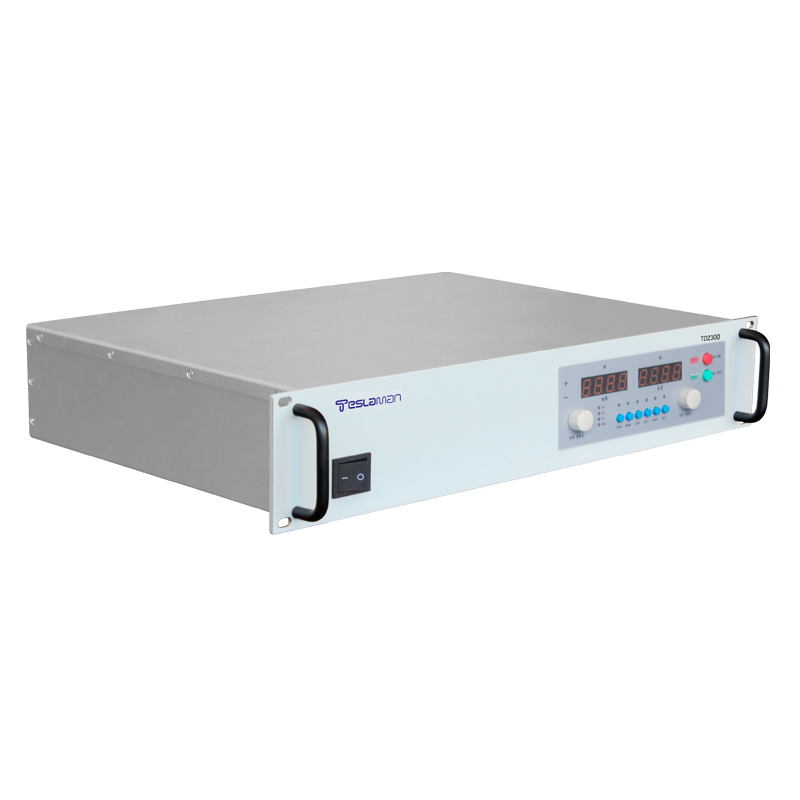Research on Dose Precision Control in Ion Implantation Power Supplies
Ion implantation technology is a core process in semiconductor manufacturing, where its precision directly impacts the electrical performance and yield of devices. As the energy source of ion implantation systems, the dose control accuracy of high-voltage power supplies (typically within ±1%) is critical for ensuring implantation uniformity and repeatability. This article analyzes the technical challenges, control architectures, and future trends.
I. Technical Challenges in Dose Control
1. Beam Stability and Noise Interference
Fluctuations in ion beam current (e.g., ±5%) directly cause dose deviations. Key interference sources include:
Power Supply Noise: Voltage fluctuations in high-voltage acceleration modules affect ion energy consistency;
Beam Scattering: Collisions during transmission lead to uneven beam density distribution;
Environmental Interference: Vacuum variations (impacting ion trajectories) and temperature drift (altering material lattice structure).
2. Multi-Parameter Coupling Effects
Dose accuracy is influenced by coupled parameters such as energy, beam intensity, and scan speed. For example:
A 1% energy deviation may cause a 3%-5% shift in implantation depth;
Synchronization errors in scanning systems (e.g., mechanical wear) can lead to dose non-uniformity (>2%).
II. Core Architecture of Digital Control Systems
Modern ion implantation power supplies adopt fully digital closed-loop control, structured in three layers:
1. Real-Time Data Acquisition Layer
Dual-Channel Integration Circuits: Alternately collect beam current values (sampling frequency up to kHz), avoiding data loss in single-channel systems;
Multi-Sensor Fusion: Integrates current, voltage, temperature, and vacuum sensors, achieving high-precision digitization (resolution ≤0.1%) via ADC modules.
2. Intelligent Feedback Control Layer
Adaptive Algorithms: Dynamically adjust gain parameters (e.g., PID controllers combined with machine learning models) to mitigate process fluctuations;
Feedforward Compensation: Predicts and pre-adjusts output for acceleration voltage fluctuations, reducing energy errors (>90% compensation efficiency).
3. Redundancy and Fault Tolerance
Hardware Redundancy: Dual DA modules independently control X/Y-axis scanning power supplies, ensuring single-point failures do not disrupt operation;
Self-Diagnosis System: Pre-runtime circuit self-checks and real-time parameter rationality analysis, with automatic fallback to optimal historical parameters during anomalies.
III. Emerging Trends: Intelligence and Multi-Physics Collaboration
1. AI-Driven Process Optimization
Deep neural networks establish dose-parameter mapping models to:
Predict Doses: Generate optimal parameter combinations for target doses;
Real-Time Correction: Dynamically adjust scan speed and beam intensity via online monitoring, achieving ±0.8% uniformity control.
2. High Power Density and Energy Efficiency
Third-Generation Semiconductors: SiC/GaN power modules increase switching frequency (>100 kHz), reducing energy consumption by 30%;
Liquid Cooling: Optimizes thermal paths via simulation models, ensuring stability under megavolt-level outputs.
Conclusion
Dose precision control in ion implantation power supplies has evolved from single-parameter regulation to an intelligent multi-physics system. Future advancements will require quantum sensing (enhancing measurement accuracy) and digital twins (enabling virtual process debugging) to address implantation challenges in 3D integrated chips and 2D materials.




















